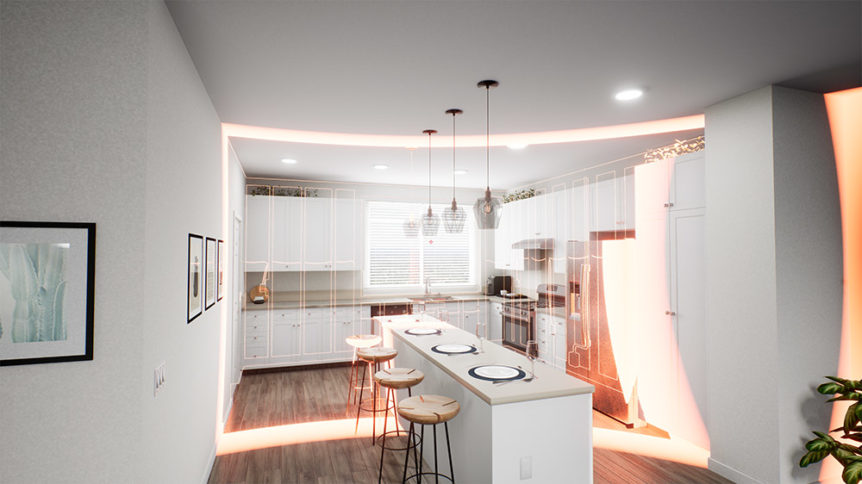Visualization technology has been improving exponentially since the early 90s. And today’s tech is light years ahead of what it was just a couple of years ago. Where will it be in a few more years? The future looks incredible.
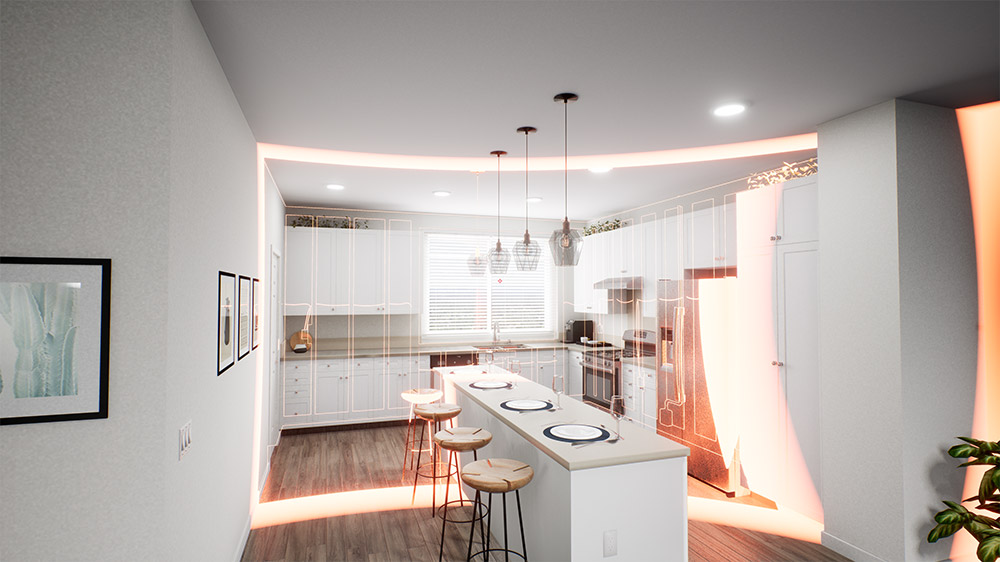
With so many advancements, how can the building industry harness virtual reality and use it to its full potential?
Of course the primary goal for every real estate developer and builder is not just to sell, but to sell faster. The faster they sell, the sooner they can invest that capital into another project, hence better return on investment (ROI).
Advertisement
Architectural visualization is like painting a beautiful picture, a picture that connects emotionally with the viewer. When they connect emotionally, they start visualizing themselves in that space. And that’s when the magic happens—sales.
Advancements in Tech Usher in a New Age
Virtual reality (VR) has finally reached a stage where it is usable commercially. Its now affordable and commercially viable results are achievable within a nominal project delivery timeline and budget.
Whether it’s non-interactive or fully interactive and customizable, it is now possible to achieve life-like results in virtual worlds. This is thanks to a few important technological achievements from computer chip manufacturers like Intel and Nvidia and software developers like Microsoft and Epic Games.
Nvidia recently announced its RTX line of graphics cards, which can create life-like graphics experiences on high resolution displays or in a VR headset. Epic Games’ Unreal Engine software helps visualization artists develop better than real life (hyper-realistic) graphics for various industries including the building industry. Microsoft has announced DXR Technology (real time ray tracing algorithms) and its HoloLens 2 VR headset. Virtual reality is finally here.
On the hardware side, a typical gaming computer starts around $2,000 and would be sufficient to provide authentic VR experiences in a real estate showroom. A single VR headset, which starts around $500, or a large TV screen can create breathtaking visuals. And one computer can host an almost unlimited number of virtual show homes and floor plans.
The same virtual model homes can also be used on websites. Thanks to recent developments in WebGL (Web Graphic Libraries), new browsers can load and show fully furnished interiors of virtual model homes, even on mobile phones.
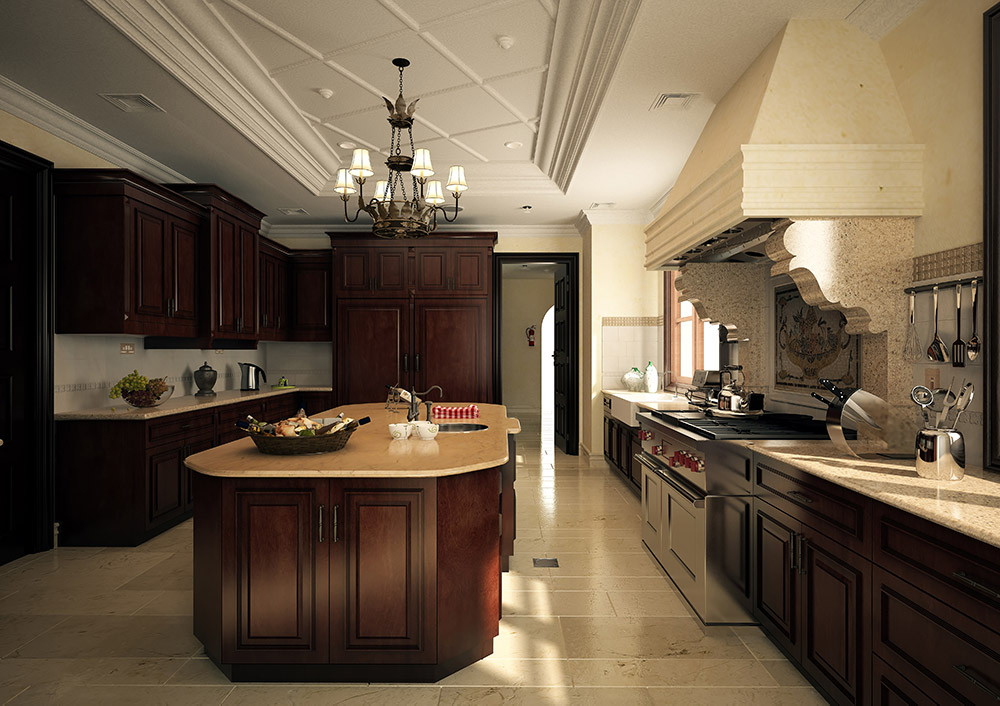
Virtual Model Homes
Once the architect has completed the draft design, visualizers can proceed with the virtual model home and finish it in a fraction of the time and budget needed for construction of a real model home. A typical fully furnished virtual model home costs somewhere in between $5 to $15 per sq. ft., depending on the options chosen.
Model homes can be presented to the customer in less time compared to traditional model home showings, leading to better sales and faster closings. A single showroom can host multiple project showcases. And view statistics can be documented to improve marketing and sales strategies.
Customers crave choice, especially with a large purchase like a home.
A virtual model home is fully customizable. In real time, the buyer can try out different flooring, cabinets, wall colors, even furniture layouts for their future dream home. Their customizations can be saved for price estimations. They can also take pictures and videos of their virtual model home to share on social media.
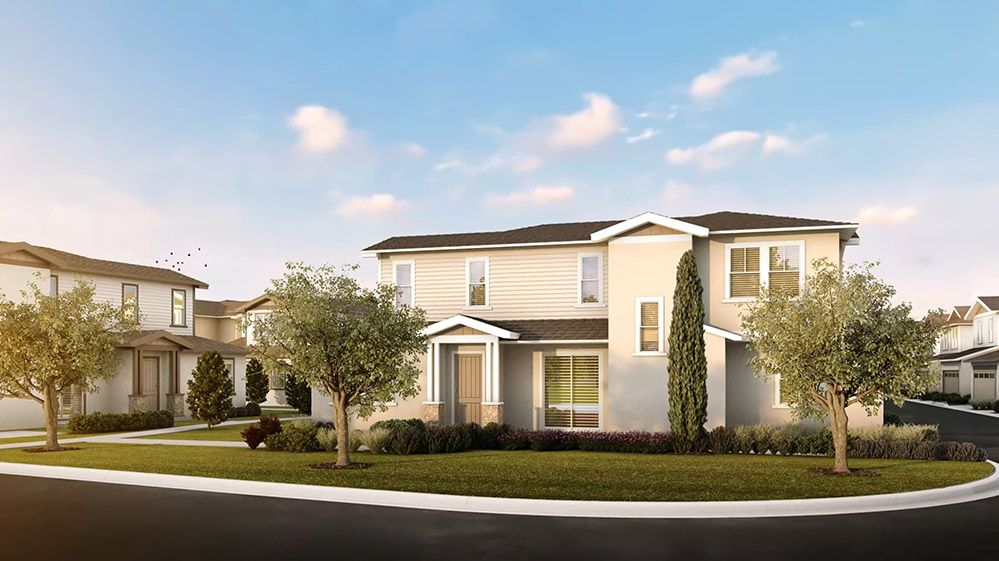
Virtual Frame Walk
Builders have also started using virtual model homes to improve the frame walk process. Builders, investors and architects can “walk” inside proposed floor plans before they invest and build those plans.
Bringing architectural design into virtual reality also significantly reduces miscommunication between the builder and the architect. In a virtual model home it’s possible to see behind walls, so even the MEPS data can be visualized in a virtual home. That means less mistakes and less revisions requested during the frame walk.
Drones and Virtual Reality
Thanks to better picture quality achieved through drone photography, builders can now showcase a project on its real location before any dirt is ever turned. Drones can capture a 360° spherical photo of the surroundings, which can later be used to show the buyer where their future home is situated and how the plot is located inside the development.
With the latest developments in drone technology, it is also possible to create an autonomous flight path and take pictures and videos from the exact same angle. Builders can fly their drones at frequent intervals above their building sites to follow the progress autonomously.
A typical drone for this purpose starts at around $700, plus autonomous flight software which comes in around $35, plus the FAA registration fee, and does not require any piloting skills. (It’s important to check drone flight regulations at the area before the flight).
The future really has arrived in building industry virtual reality. It’s possible to create 100% accurate virtual model homes, inside and out, using today’s existing technologies. And these virtual homes connect with existing sales tools to create reports for marketing and sales teams. Companies using virtual model homes in their design and sales processes achieve faster growth rates.
What will tomorrow bring? We can only imagine.
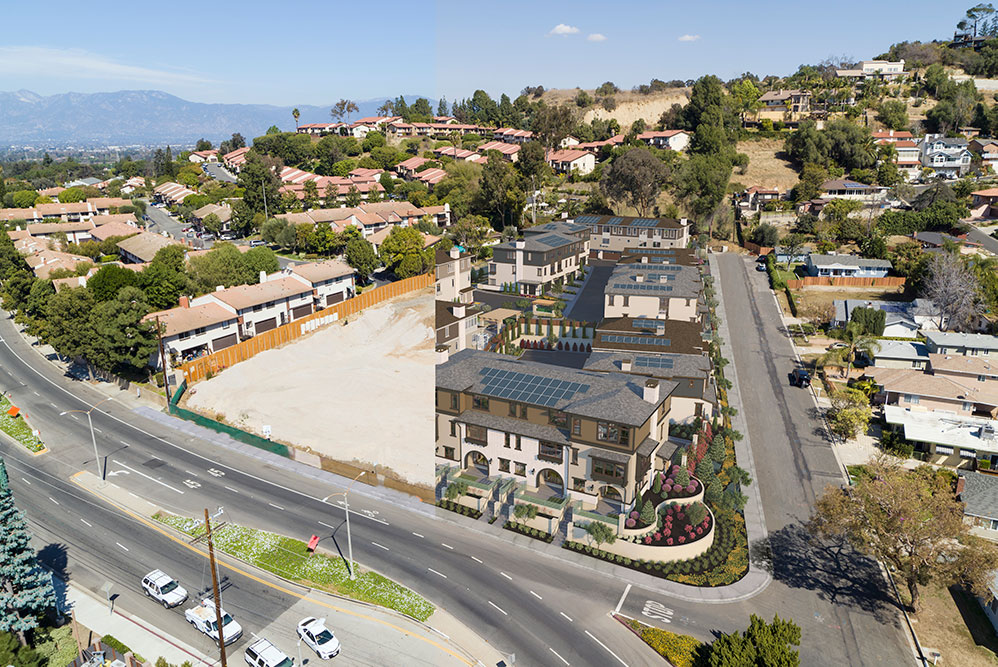
Article courtesy Oguz Ormanci, founder of Opus Visual LLC. Learn more at www.opusvisual.com.
.

